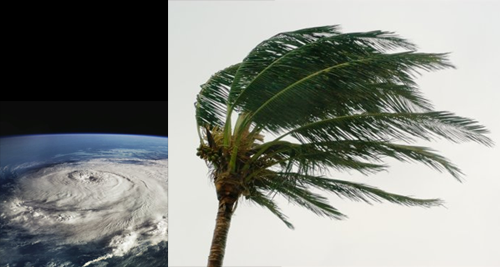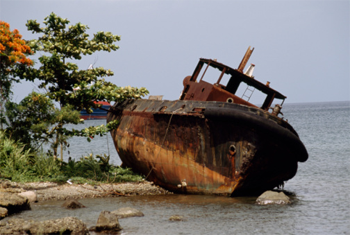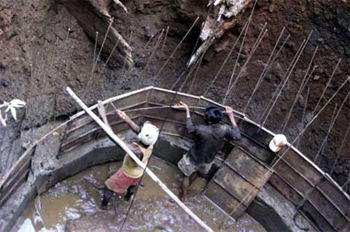Dec 19, 2025
Dec 19, 2025

 Those were the days when records were neither chronicled nor maintained systematically. Many boats perished in high waters in the sea or in the rivers. Hunting treasures in sunken boats in the sea has been an old hobby with several people. Many tried to explore the sunken boats to look for clues about the people who traveled in those boats or the cause of their disaster.
Those were the days when records were neither chronicled nor maintained systematically. Many boats perished in high waters in the sea or in the rivers. Hunting treasures in sunken boats in the sea has been an old hobby with several people. Many tried to explore the sunken boats to look for clues about the people who traveled in those boats or the cause of their disaster. Once again the wood from the boat remains unearthed at Derde were subjected to radiocarbon dating by Ashok and the results were interesting. This place is close to the coast. The nature near the coasts is in a different mood compared to the inland areas. The rivers haul fresh sediments everyday and dump them near the coast. These layers of sand and silt are ideal vault of groundwater. The countryside at Derde is highly undulating. However, there is a lineament-which is a linear feature of the landscape and usually indicates a subsurface fault. Often rivers zigzagging all alone acquire a straight course, as they begin to flow through a lineament. It is interesting to note that the habitation at Derde is situated on a lineament. Incidentally this lineament is a potent source of potable water. Normally the availability of fresh drinking water near a coast is a rare phenomenon.
Once again the wood from the boat remains unearthed at Derde were subjected to radiocarbon dating by Ashok and the results were interesting. This place is close to the coast. The nature near the coasts is in a different mood compared to the inland areas. The rivers haul fresh sediments everyday and dump them near the coast. These layers of sand and silt are ideal vault of groundwater. The countryside at Derde is highly undulating. However, there is a lineament-which is a linear feature of the landscape and usually indicates a subsurface fault. Often rivers zigzagging all alone acquire a straight course, as they begin to flow through a lineament. It is interesting to note that the habitation at Derde is situated on a lineament. Incidentally this lineament is a potent source of potable water. Normally the availability of fresh drinking water near a coast is a rare phenomenon.
19-Dec-2010
More by : V. K. Joshi (Bijji)